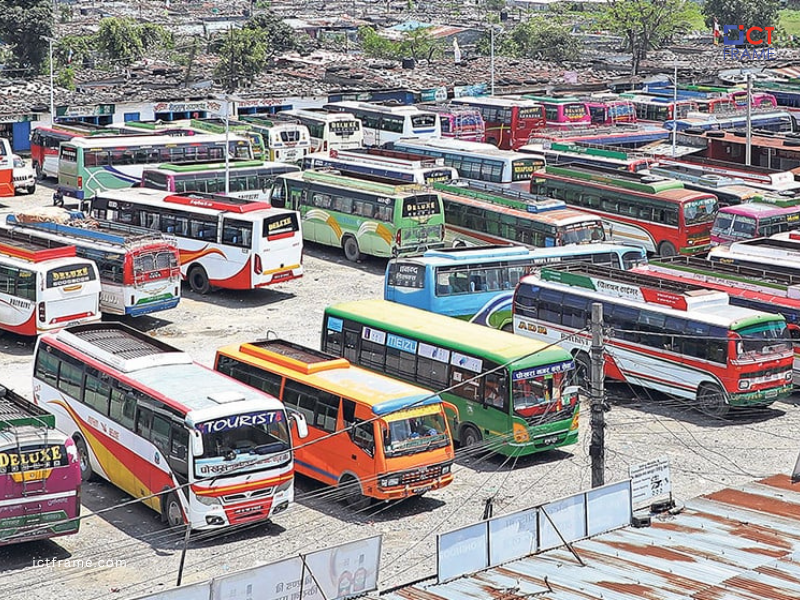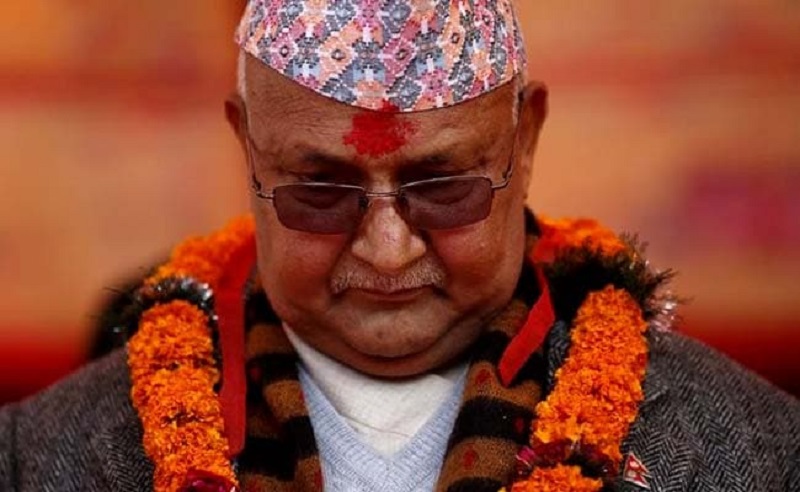NRB Liquidity Absorption Nepal: Rs 35 Billion Financial System Withdrawal
23rd April 2025, Kathmandu
Nepal Rastra Bank (NRB) will withdraw Rs. 35 billion from the financial system to manage excess liquidity. The move comes as banks and financial institutions are holding more cash than needed.
NRB Liquidity Absorption Nepal
NRB announced the liquidity withdrawal for Baisakh 10 (April 23). The central bank will collect the amount for 21 days. During this period, financial institutions will park their surplus funds with NRB under agreed terms.
Competitive Bidding Process to Determine Rates
To collect the money, NRB will hold a competitive bidding process. Banks and financial institutions will propose their own interest rates. The lowest interest rates will receive priority.
Only institutions licensed under categories ‘A’ (Commercial Banks), ‘B’ (Development Banks), and ‘C’ (Finance Companies) can take part. NRB has set a minimum bid size of Rs. 10 crore, and bids must be in multiples of Rs. 5 crore.
The bidding will close at 3 PM today. After evaluation, NRB will issue deposit certificates to successful bidders.
Deposit Certificates Can Be Used as Collateral
The deposit certificates will be valid for 21 days. NRB will return the principal and interest on Baisakh 31 (May 14). These certificates can also be used as collateral if needed.
This approach offers banks both liquidity management and financial flexibility. It also keeps interbank rates aligned with the central bank’s monetary policy.
NRB’s Strategy to Maintain Market Balance
This isn’t the first time NRB has withdrawn liquidity. In recent months, it has used open market operations (OMOs) to manage the money supply.
Excess liquidity can lead to low lending rates and risky credit expansion. To avoid these issues, NRB steps in when needed. Its goal is to keep inflation in check and ensure stable financial conditions.
At present, credit demand is slow, while deposit growth remains strong. This imbalance has created surplus liquidity in the system. NRB wants to reduce this gap and guide the market toward a more stable path.
Ensuring Financial Stability and Control
NRB continues to monitor the banking sector closely. It wants to avoid market distortions caused by too much cash in circulation. With this latest move, the central bank hopes to strengthen monetary control.
Economists have welcomed the decision. They believe it will help curb inflationary pressure and maintain investor confidence.
In conclusion, Nepal Rastra Bank’s decision to absorb Rs. 35 billion shows a proactive effort to regulate the economy. The central bank remains focused on maintaining a healthy balance between liquidity and lending. Further actions may follow based on market conditions.





